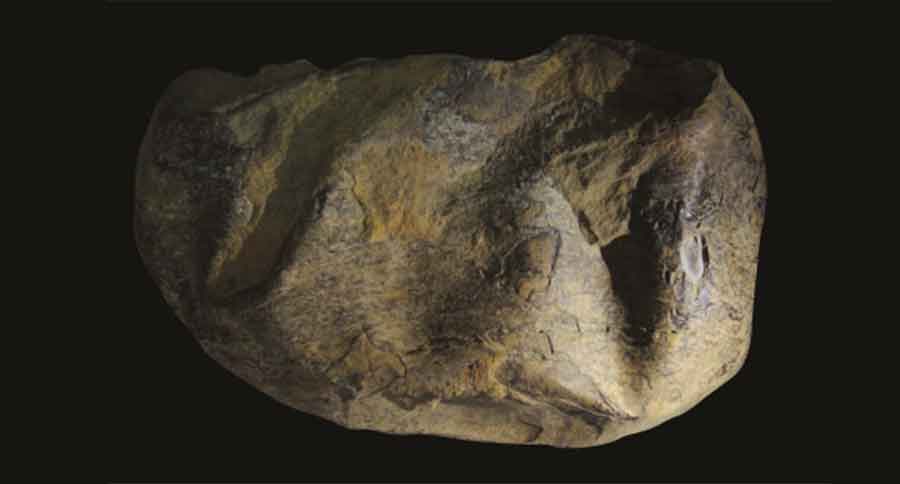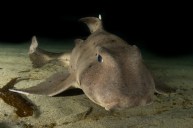Researchers have determined a fossil find from a decade ago to be a reptile egg, changing the historical data about how they lived millions of years ago.
When a large, football-shaped fossil was discovered in Antartica, no one knew exactly what it was. Researchers have determined that it belonged to a giant marine reptile, making it the largest reptile egg ever found.
According to the study recently released in the latest issue of Nature, United States scientists learned "The Thing," as it had come to be known in academic circles, was indeed a fossilized, deflated egg.
The fossil measures 11 by 7 inches and was found by Chilean researchers in 2011, but years later this new study's lead author Lucas Legendre with the University of Texas at Austin analyzed it and its soft shell.
"It is from an animal the size of a large dinosaur, but it is completely unlike a dinosaur egg," Legendre said. "It is most similar to the eggs of lizards and snakes, but it is from a truly giant relative of these animals."
The mother would have had a body size of at least 23 feet from snout to tail, which ruled out any ancient bird species.
Similar fossils found in the area would indicate that the egg likely came from a mosasaur, which became an important distinction; it was previously believed that such reptiles did not lay eggs. It's unclear whether the egg was laid on land or in the sea.
"Many authors have hypothesized that this was sort of a nursery site with shallow protected water, a cove environment where the young ones would have had a quiet setting to grow up," Legendre said.
"The almost-complete, football-sized soft-shelled egg is one of the largest eggs ever described," said corresponding author Julia Clarke, also of UT.
Now that we know the gigantic egg resembling a deflated football came from a surprise source, the scientists' findings should further the understanding of how these ancient beasts lived their lives.
NEXT: STUDY ANALYZES WHAT HAPPENS TO FISH THAT BREAK YOUR LINE
WATCH




